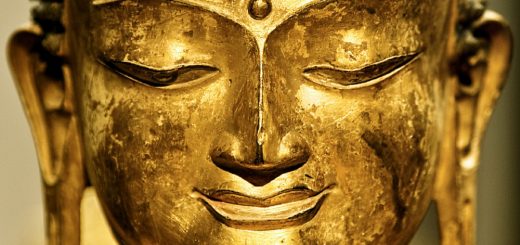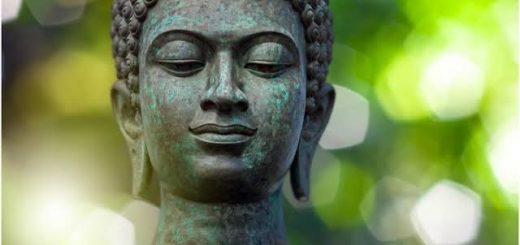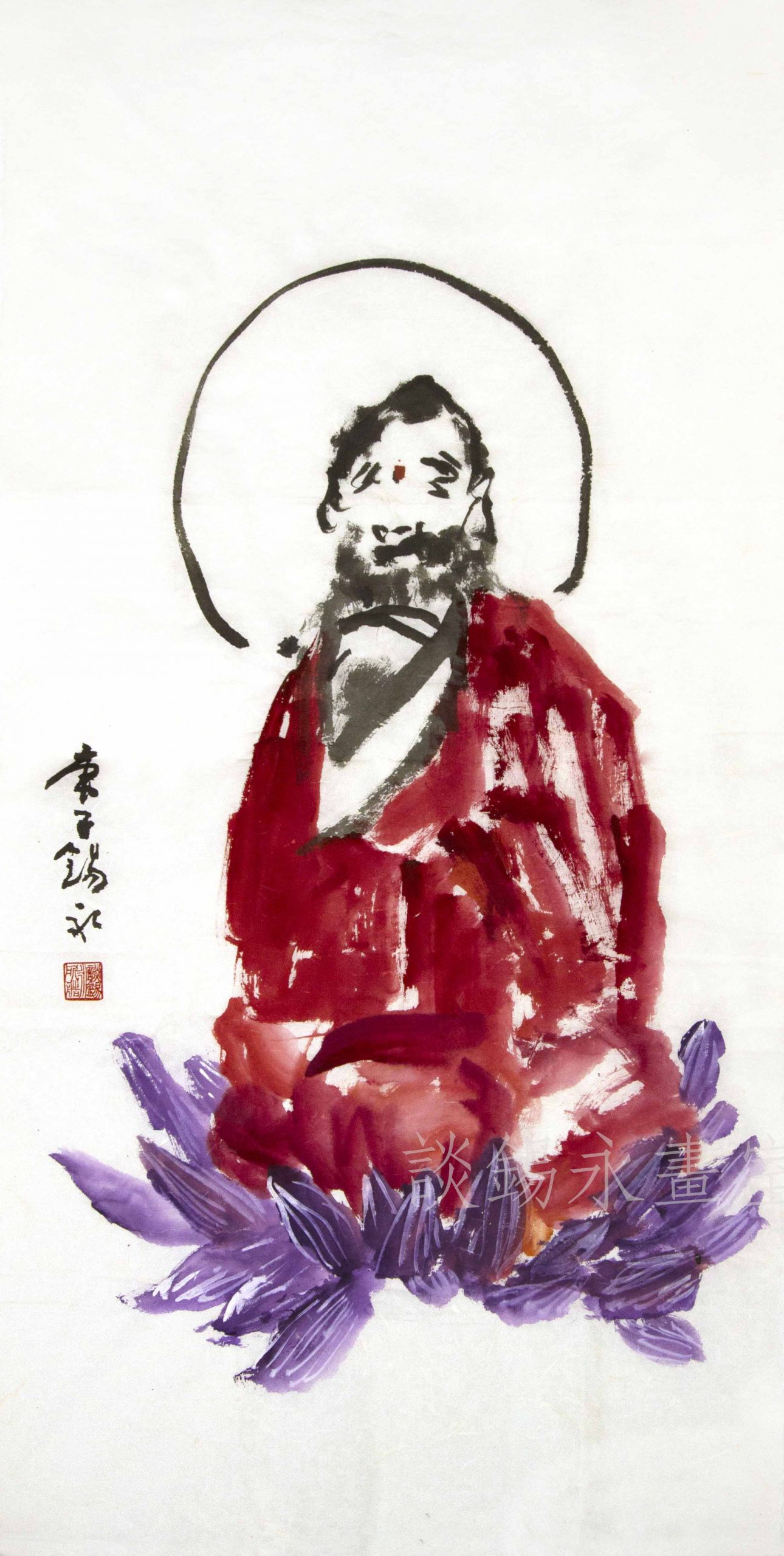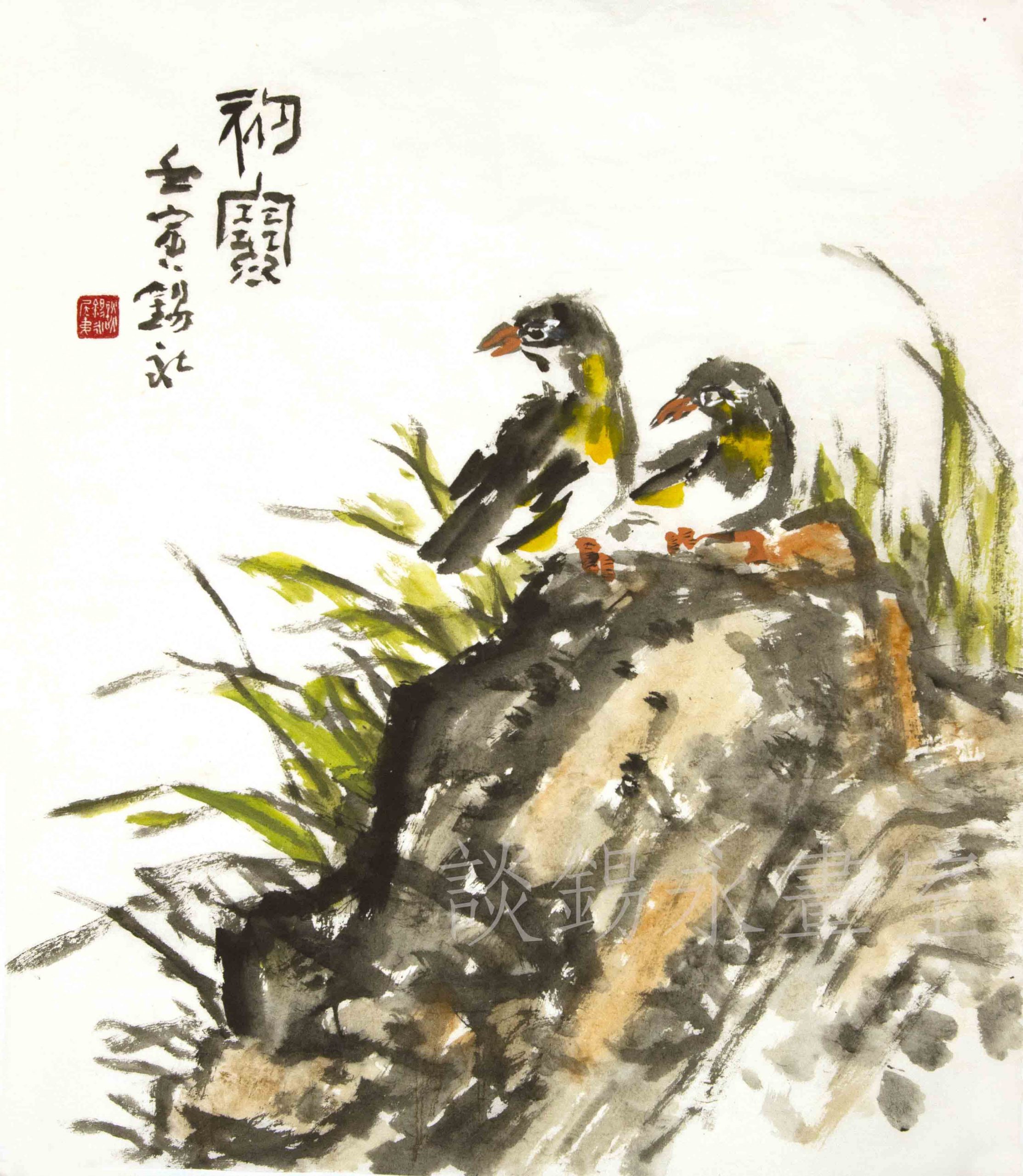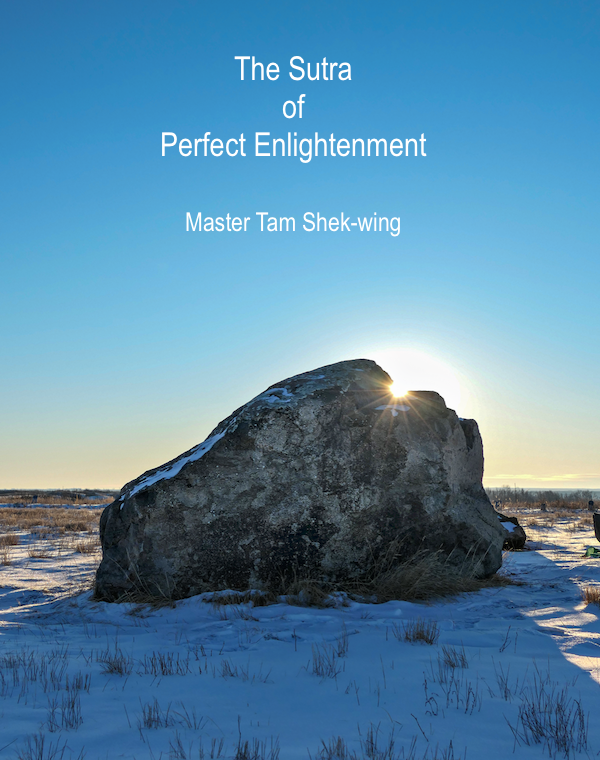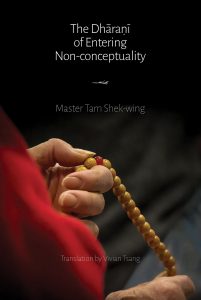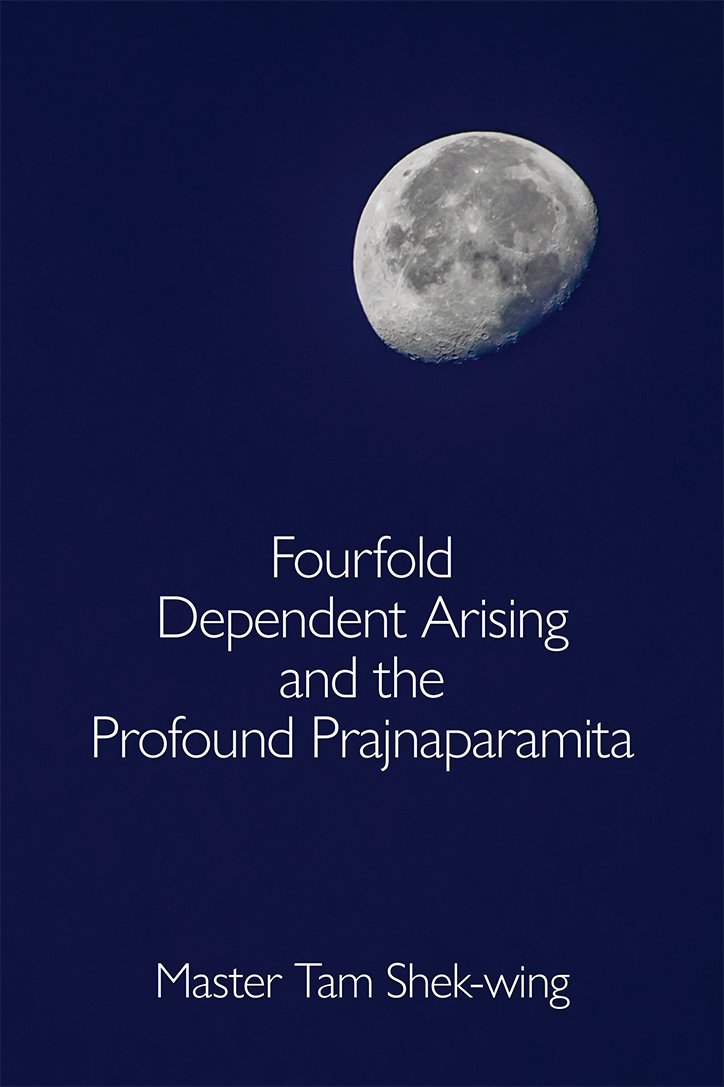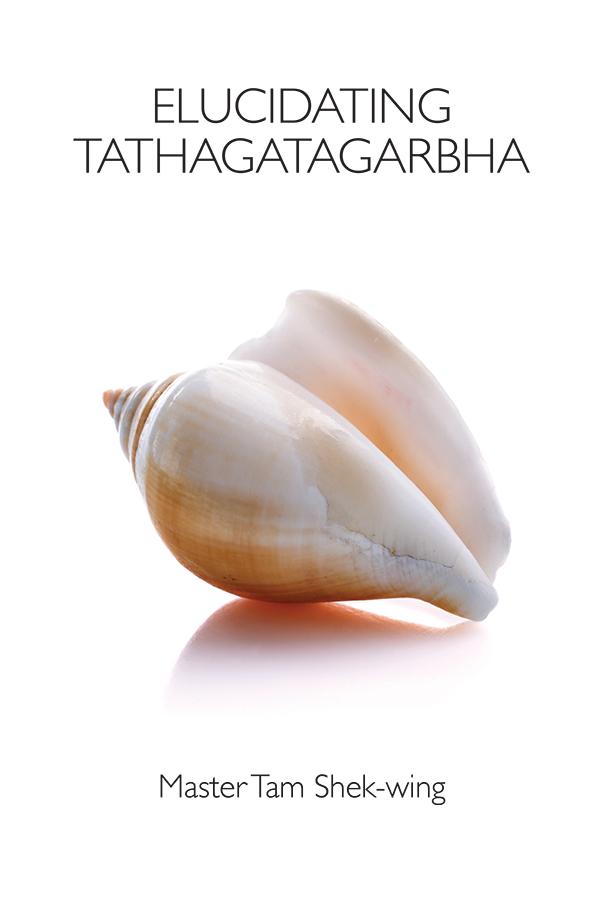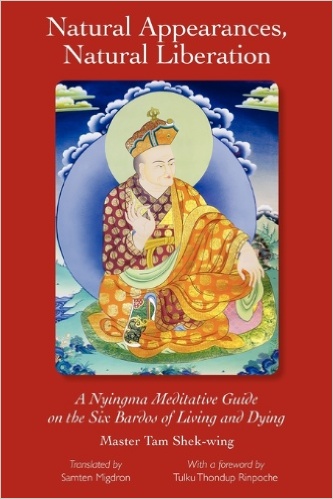Perfect Enlightenment 8: Samantabhadra On the Illusory Practice
Show scripture (Chinese). 於是普賢菩薩在大眾中即從座起,頂禮佛足右遶三匝,長跪叉手而白佛言:「大悲世尊!願為此會諸菩薩眾,及為末世一切眾生修大乘者,聞此圓覺清淨境界,云何修行?世尊!若彼眾生,知如幻者,身心亦幻,云何以幻還修於幻?若諸幻性,一切盡滅,則無有心,誰為修行?云何復說修行如幻?若諸眾生本不修行,於生死中常居幻化,曾不了知如幻境界,令妄想心云何解脫?願為末世一切眾生,作何方便漸次修習,令諸眾生永離諸幻。」作是語已五體投地,如是三請終而復始。 Show scripture (English). Then Samantabhadra Bodhisattva rose from his seat in the great assembly. He bowed to the Buddha’s feet and circumambulated him three times to the right. He knelt down with his hands clasped, and said to the Buddha: “Greatly Compassionate World Honoured One. I would like to ask for all the bodhisattvas at this assembly and for the sentient beings of the degenerate age who are practicing Mahāyāna: Please reveal the expedient stages of practice and let them hear of this pure realm of perfect enlightenment. How should we practice?” “World Honoured One, if these sentient beings know about illusion, and that body and mind are also illusion, how can they remedy illusion using illusion? If all illusory natures are completely annihilated, then there is no mind. Who is going to carry out the practice? Moreover, based on this, how can you teach the practice of illusion? If all sentient beings originally do not practice, then they will remain forever trapped within the illusion of life and death. Not having penetrated the realm of the illusory, how will they liberate the mind that is trapped in false conceptualization?” “I implore you on behalf of all the bodhisattvas at this assembly, as well as for all sentient beings of the degenerate age, to teach the gradual practice of expedient means to cause sentient beings to be eternally free from all illusions?” Having said this, he prostrated fully to the ground. He asked this question three times in succession. Samantabhadra is the second bodhisattva posing questions to Buddha, but in terms of the practice, he was the first one. The crux of his questions was, how one practices the pure realm of perfect awareness. What gave rise to this inquiry? Because Buddha said all phenomena were like illusions. Knowing that, one would not “mistakenly take the Four Elements as the attributes of their bodies and the perceived shadows of the Six Objects as the attributes of their mind.” This way, both body and mind are also like illusions. How, then, could one practice with an illusion-like body-and-mind, to meditate with sky-flowers like illusion, and ignorance like illusion? Moreover, if the practice of illusion annihilates all illusions, if the body-and-mind of sentient beings is also annihilated, who, then, practices the cessation of illusion? How could we speak of the practice like illusion? The above are three questions from the practice of illusion. Buddha would later praise these questions for expediently leading bodhisattvas and sentient beings in the latter days of dharma towards the practice of illusory samādhi to become free from illusions. There are three primary samādhi in the practice of Buddah-Within. The first is the illusory samādhi that allows the observation of all worldly phenomena are like illusion. The second is Śūraṅgama samādhi (楞嚴定) that breaks free of the consciousness realm to enter into the wisdom realm, transcending all worldly conceptualization, entering into the virtue of dharmakaya, whereby one enters dharmakaya with further practices abiding to this virtue. The final samādhi is the vajra-like samādhi prior to the accomplishment of Buddhahood, where the coalescent realm of wisdom and consciousness possesses seven indestructible qualities (vajra-like). This observation leads to the direct realization of the Buddha-Within, the direct realization to the profound prajñā pāramitā, the direct realization entering non-duality. Samantabhadra’s questions lead to the preliminary practices entering the first samādhi. Entering the illusory samādhi is essentially the entrance to the practice of the Buddha-Within, which is also the great-dhāraṇī entrance of practicing perfect enlightenment. Click here for what has been posted so far in the series.Chinese:
English:
Commentary:
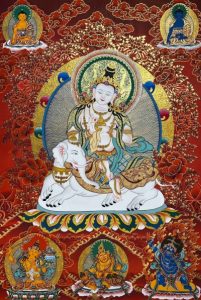 Furthermore, if sentient beings do not practice, only abide in the realm of illusion living and dying, not knowing that this is the realm of illusion, how could this trapped mind become liberated?
Furthermore, if sentient beings do not practice, only abide in the realm of illusion living and dying, not knowing that this is the realm of illusion, how could this trapped mind become liberated?
